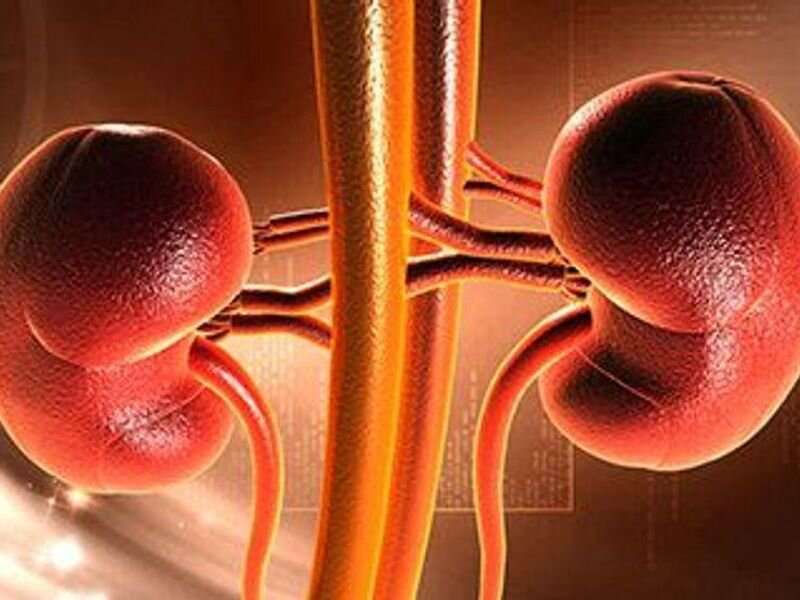
(HealthDay)—For candidates for kidney transplantation, very-high symptom burden is associated with waitlist mortality, and symptom score improves after transplantation, according to a study published online June 18 in the Clinical Journal of the American Society of Nephrology.
Kathryn Taylor, R.N., M.P.H., from the Johns Hopkins University School of Nursing in Baltimore, and colleagues leveraged a two-center prospective study of 1,298 kidney transplant candidates and 521 recipients to examine symptom burden for kidney failure patients. Symptom scores were calculated at evaluation and admission for transplantation.
The researchers noted that 16 and 21 percent of candidates reported high and very-high symptom burden at evaluation, respectively. Those with very high symptom burden had greater risk of waitlist mortality (adjusted subdistribution hazard ratio, 1.67). By transplantation, 34 and 42 percent of patients experienced an increased symptom burden and remained unchanged, respectively. The estimated overall symptom score improved 10 percent from 82.3 points at transplantation to 90.6 points at three months; during zero to three months, the score increased 2.75 points per month, then plateaued from three to 12 months posttransplantation (−0.06 points/month). In nine of 11 symptoms, there were improvements in the first three months, with the greatest improvements seen for pruritus and fatigue (23 and 21 percent, respectively).
“Our findings on the posttransplantation change in symptoms can help inform this important discussion, clarify the timeline for improvement, identify populations who are most likely to benefit, and promote patient-centered care,” the authors write.
Source: Read Full Article
